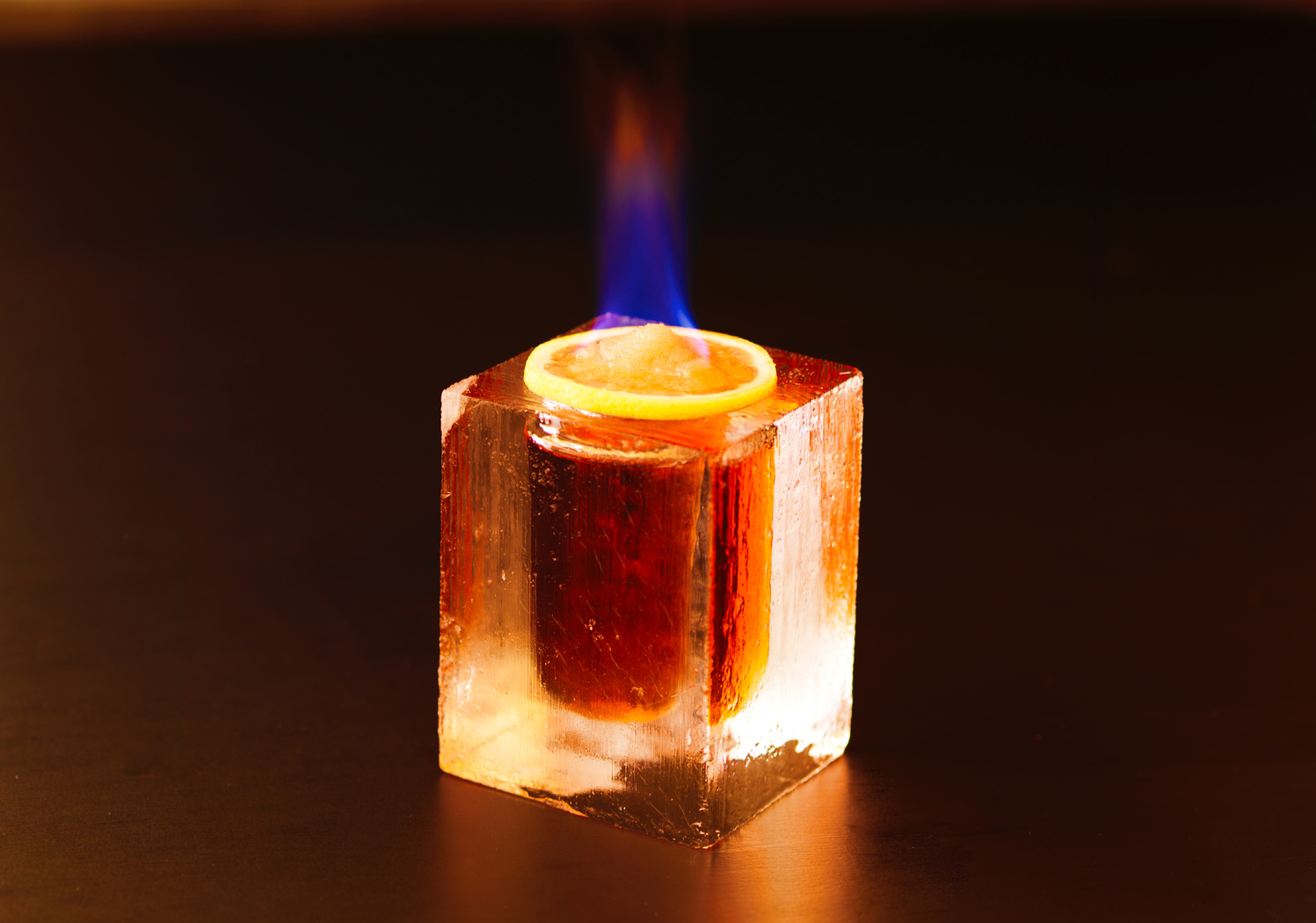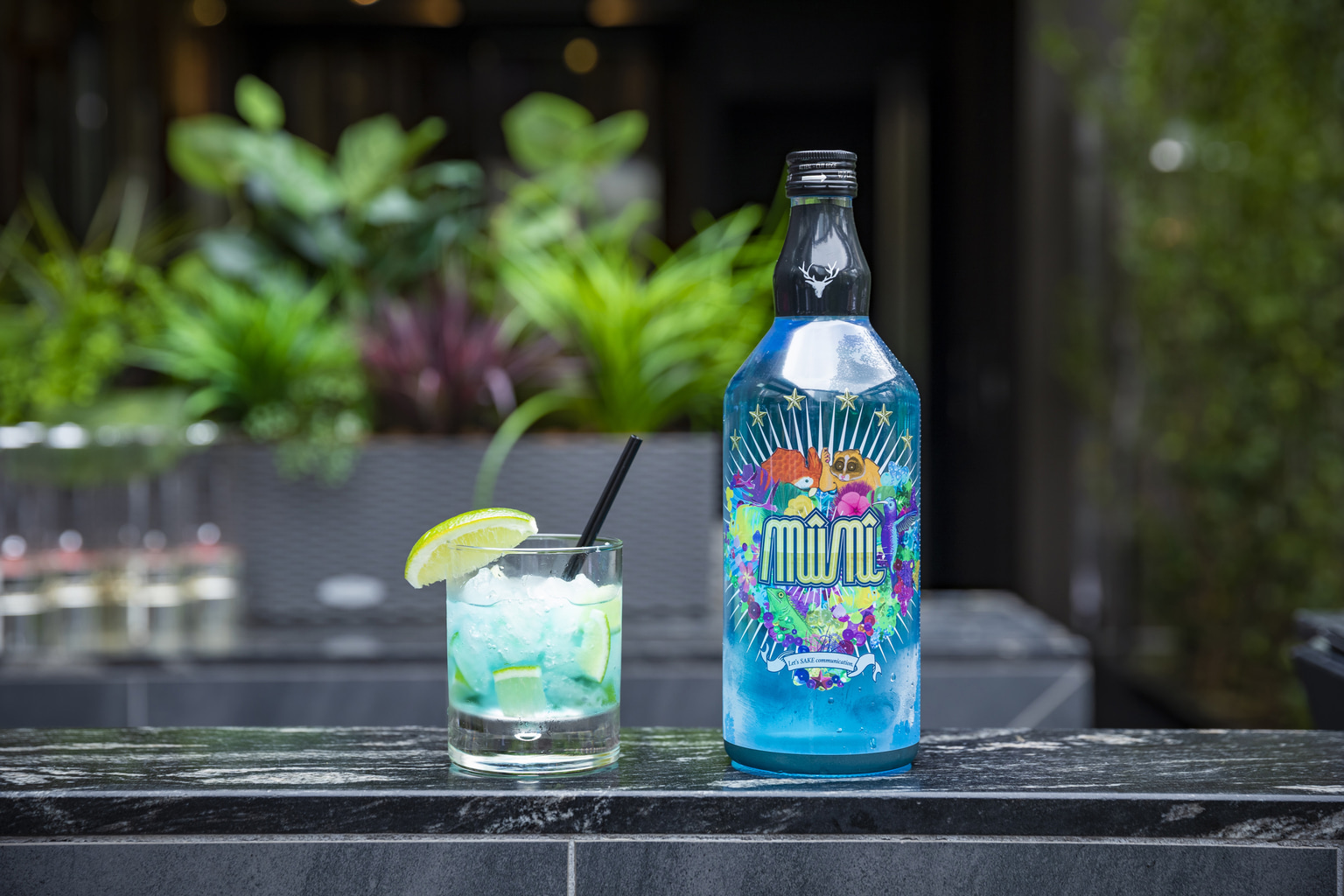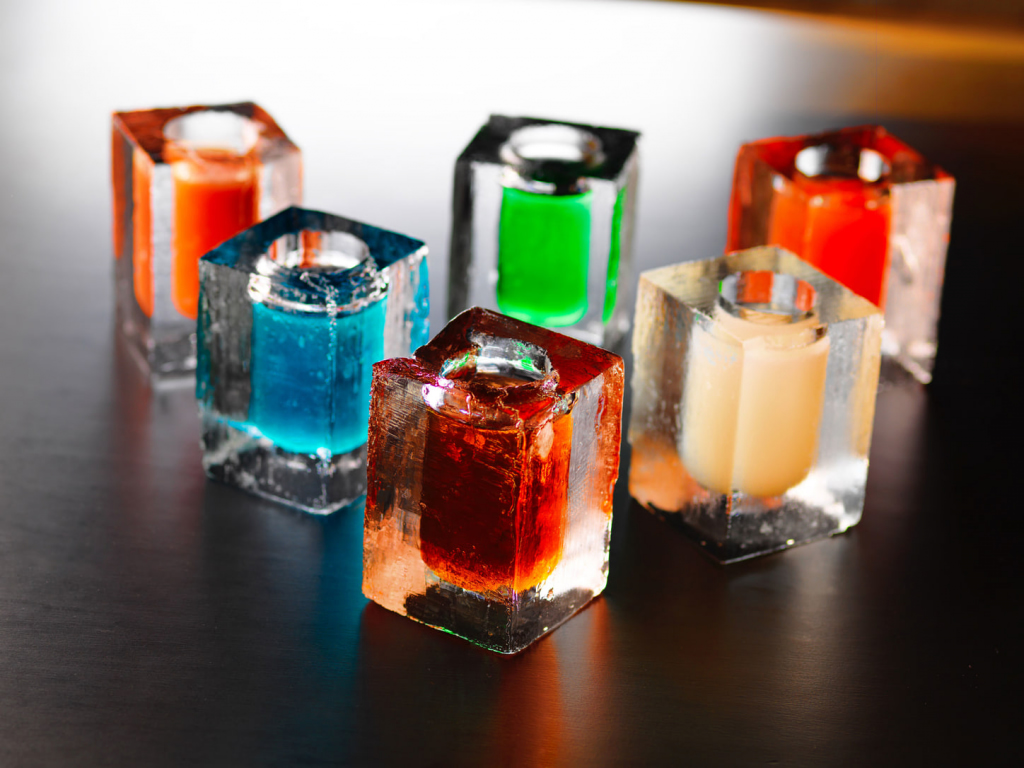Founded in Nishinomiya, Hyogo Prefecture in 1662, Hakushika (which means “white deer”) has been in the business of sake making for over 350 years. The brand’s white deer mark comes from a Chinese legend and is a symbol of longevity, as it’s said that white deer live to be 1,000 years old. To make that legend ring true, Hakushika president Kenji Tatsuuma wants to move the traditional brew into the 21st century. The move into a modern era requires not only a modern approach, but a return to the old customs. “Some people believe that nihonshu must be enjoyed in a certain way, but that’s too high a hurdle to get over,” says Tatsuuma, who has looked to the past and abroad for inspiration to revive the sake industry as a whole.
1. Take it Outside
While many of us associate nihonshu with izakaya and low-lit bars, back in the Edo period sake was said to be best enjoyed outdoors. It was the ultimate luxury: people would dance to shamisen music while drinking warm sake under the cherry trees in spring, or sip it silently as they gazed up at the autumn harvest moon from the house veranda. To recreate this tradition, the brand uses a liberal definition of “outside” and has paired Hakushika with glamping experiences and beaches — even ice bars.

2. Mix a Hakushika Cocktail
Born on the beaches of Ibiza, the Hakushika cocktail comes in many forms. It all started with the Hakushika Spark (a highball mix of soda water and sake), followed by the Akai Hakushika (a mixture of tomato juice, orange juice and sake), and most recently Hono Hakushika, a flaming drink mixed with rum served in a glass made of ice at an ice bar in Hokkaido. For summer, try a fruit punch with Hakushika as a base and a liberal amount of seasonal fruits with lemon added for an extra kick. It’s perfect for picnics, parties, or simply soaking up the sun on the balcony at home. The choice is yours and the options are endless.

3. Drink from Bamboo
Both the shape and material of the drinking vessel can not only affect the sake’s bouquet, but also changes which taste buds the sake hits first when sipping. Traditional vessels like the ochoko (small cylindrical cup) are an obvious choice, but there are many different styles of cup. Try a tasting at home with a variety of them to see which you like best. For a true retro feel, nothing works better than bamboo. It’s natural, eco-friendly, and beautiful in its simplicity. The same goes for the square wooden masu, a classic and charming way to both enjoy sake and serve snacks.

4. Serve It as a Liqueur
Just in time for summer, Hakushika’s subsidiary has just released a new sake-based liqueur called muni. Made from seishu (refined sake), the idea for muni was born from the company’s Sotonomi Project, an initiative that gives a new perspective to the traditional sake brew. The liqueur can be mixed into a tropical cocktail, making it the perfect thirst quencher for the poolside or at the club. It’s dry and refreshing with a mellow umami that comes through when drunk straight, but is best served as a munina — a playful twist on the classic Brazilian Caipirinha.
For more sake inspiration and information about Hakushika, visit hakushika.co.jp/en

Sponsored Post
Updated On October 16, 2018









